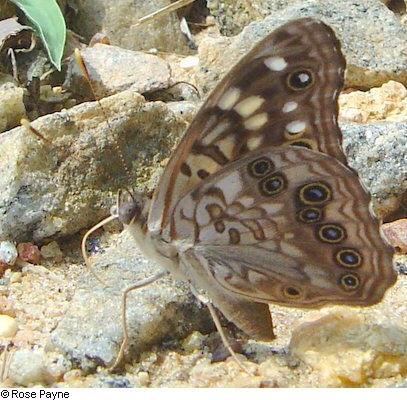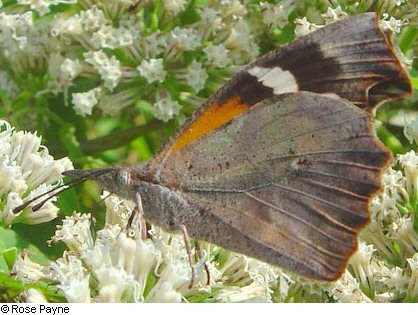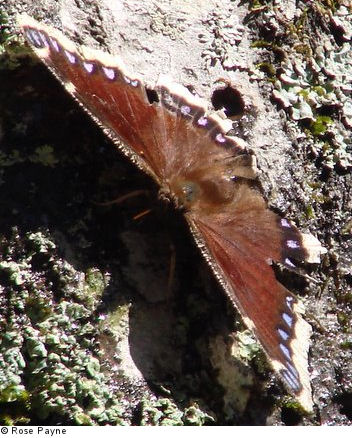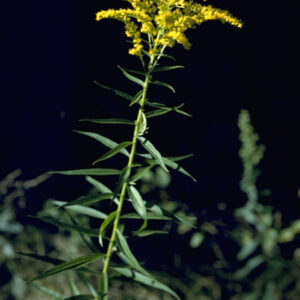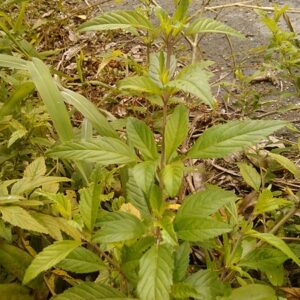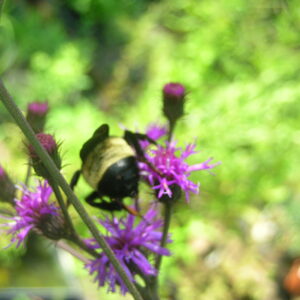Price range: $15.00 through $25.00
Description
Sugarberries are one of the best native decidous trees for attracting wildlife to your garden. Patrick McMillan, host of SCETV’s “Adventures with Patrick McMillan called Hackberry the best tree for neotropical migrant birds. When migrating northward in the spring, they find a host of small insects feeding on the leaves. When migrating southward in the fall, they feed on the ripe fruit. The fruits are edible for humans too! Squirrels eat the seeds. It is essential for a butterfly garden, as it is the sole larval host of at three butterflies: the Snout, Hackberry Emperor, and the Tawny Emperor. It is also larval host to the Question Mark, Mourning Cloak Become a nice shade tree with interesting bark. Various moths including The Ruddy Dagger Moth, Thin-lined Owlet Moth and Small Heterocampa caterpillars feed on the leaves. Hackberry Lace-bugs, Hackberry Plant Bugs, Hackberry Psyllids and Hackberry Mites all depend on Hackberries for their survival yet do not cause serious damage to the trees. Beneficial Insects build up populations feeding on these insects and then spread to surrounding vegetation. This make Hackberries great companions for other plants. Many other insects depend on the tree as well. If your pace is limited, cut the trunks back to the ground periodically. You might not get fruit, but you will still have a hunting ground for mama birds and a butterfly factory. Thrives in urban conditions where many trees fail. Sun or part shade. Wet to dry soil. Thrives in high calcium soils..Tolerates salt wind and periodic salt flloding.
Native to USA: AL , AR , AZ , CA , CO , DC , FL , GA , ID , IL , IN , KS , KY , LA , MD , MO , MS , NC , NM , NV , OK , OR , SC , TN , TX , UT , VA , WA , WV , WY It is also native in Mexico. Our plants are seedlings from the native ones around the nursery in Beaufort Co., SC.
Wildlife Notes Continued. cr The larvae of several wood-boring beetles are known to feed on this tree (see Wood-Boring Beetle Table). Other insect feeders include Corythucha celtidis (Hackberry Lace Bug), Taedia celtidis (Hackberry Plant Bug), and several Pachypsylla spp. (Hackberry Psyllids). These psyllids form small galls on the leaves, and they often disfigure them. Common Hackberry is often infested with one or more Eriophyes spp. (Hackberry Mites), which cause the twigs to proliferate in rosette-like patterns. This distortion of the twigs is commonly referred to as ‘Witches Broom.’ Among vertebrate animals, some upland gamebirds and songbirds eat the fruit of this tree (see Bird Table for a listing of these species), spreading its seeds into new areas. The Fox Squirrel, Gray Squirrel, and Northern Flying Squirrel also eat the fruit to a limited extent (possibly to get at the large seeds). While it is not preferred browse because of low protein and poor palatability, deer, rabbits, and cattle occasionally browse on seedlings and saplings of this tree. A turtle, Trachemys scripta (Slider), has been observed to feed on the leaves after they have fallen on the water surface
Additional information
| Size | 3.5" pot, 1 gallon |
|---|

